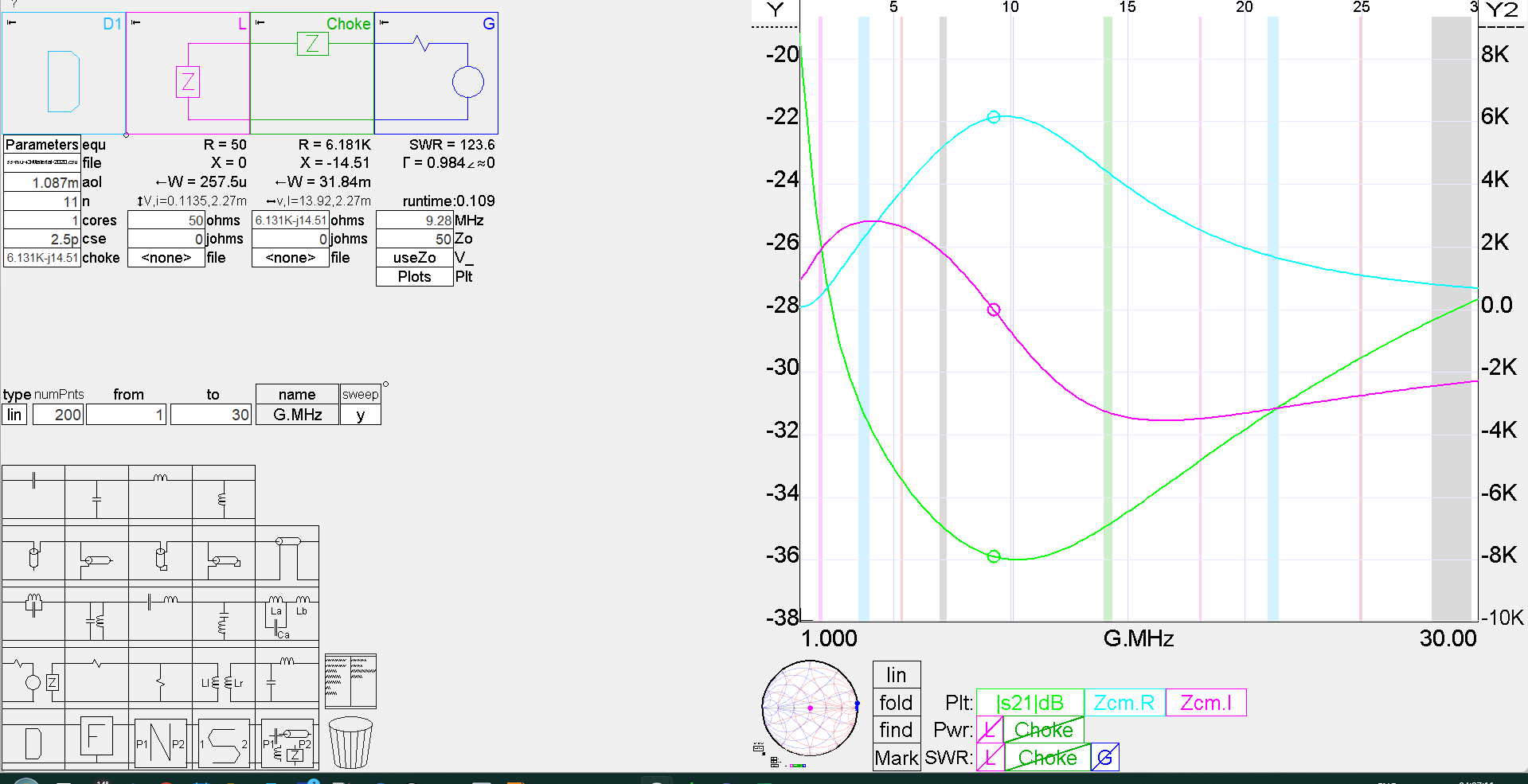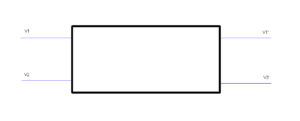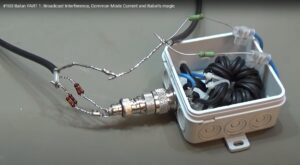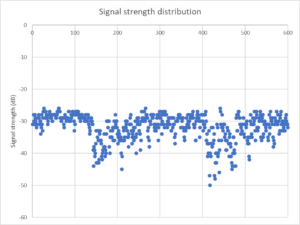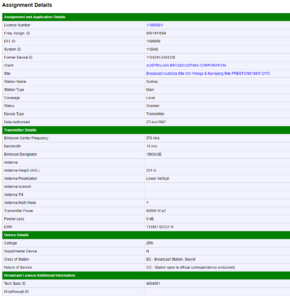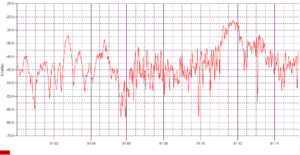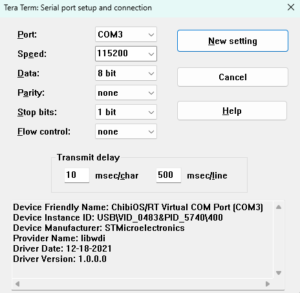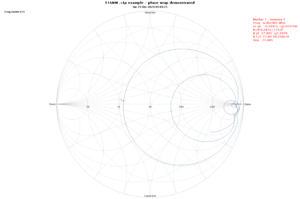NanoVNA setup for common antenna system measurement tasks offered an example NanoVNA configuration well suited to the most common antenna system tuning / adjustment tasks.
This article looks at a different case, a configuration to support measurement, design, and implementation / tuning of a shunt match.
A shunt match scheme is one where the antenna with low feed point R at resonance is detuned to add some capacitive or inductive reactance, which is then offset with a shunt reactive element of the opposite sign, for the outcome of a load impedance of 50j0Ω.
VNA Calibration
The VNA is OSL calibrated at its Port 1 jack.
Measurements in this example will be made through a 50Ω coax tail of about 1m, so we need to adjust the reference plane to the feed point. In this example, the native reference plane is the NanoVNA jack, and e-delay is used to approximately offset the reference plane. It is a good approximation in this case.
You could instead calibrate the fixture to include the coax tail, but you will need appropriate cal parts… and if they are poor, the previous method may be more accurate.
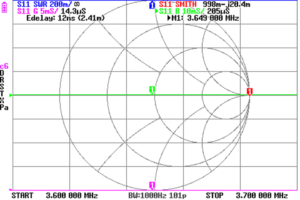
Above, a measurement is made of the coax tail with an open circuit (OC) at the far end, and e-delay iteratively adjusted so that the Smith chart plot is a dot at R=infinity+j0, the right hand end of the Z=0 axis above. Continue reading NanoVNA setup for shunt match tasks
Last update: 27th December, 2023, 5:40 PM

